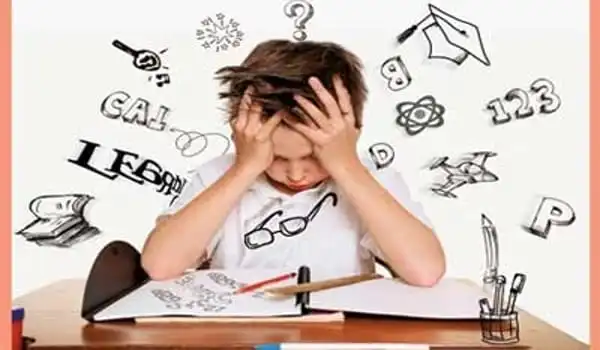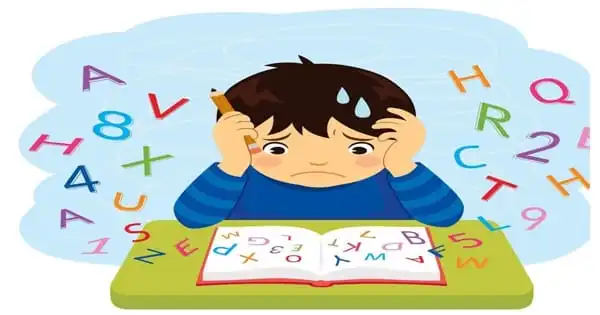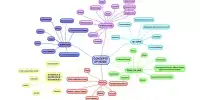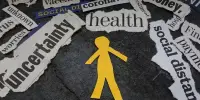Learning difficulties are typically not identified until pupils have been in school for around three years, but parents may see early indicators of disability. More importantly, there are ways and resources available to assist. The existence of early risk indicators does not prove that a kid has learning difficulties, but it does signal the need to monitor for early intervention needs.
Children born in December are nearly twice as likely as those born in January to be diagnosed with a learning disability in school districts having a December 31 cut-off date. ADHD was shown to have no effect on the relationship between the month of birth and the risk of being diagnosed with a learning disability.
Children born in Finland between 1996 and 2002 were included in the new, register-based survey. By the age of ten, 3,000 of roughly 400,000 children had been identified with a specific learning disability, such as reading, writing, or math.
“We were aware of the effects of relative age on general school performance, but there had been no previous studies on the association between clinically diagnosed specific learning disorders and relative age, which is why we wanted to study it,” says Doctoral Candidate, MD Bianca Arrhenius of the Centre for Child Psychiatry at the University of Turku, Finland.
This was an unexpected discovery. The conditions that lead to a kid being sent to a specialist are usually complex. Given past research findings on the relationship between relative age and ADHD, we did not expect the effect of relative age on “pure” learning deficit to be so large.
Dr. Bianca Arrhenius
Previous research has revealed that children born later in the year, and hence younger than their classroom counterparts, are at a higher risk of psychiatric illnesses, low academic achievement, and bullying.
During the elementary school years, children continue to develop at varying speeds. Children should be able to read basic chapter books at grade level, write simple sentences, add and subtract, solve simple word problems, and begin to multiply by the time they enter third grade.
Students may not finish these activities completely correctly. Through first and second grade, it is usual for occasional letter reversals and mirror writing to show in a child’s work. With teaching, most students will learn to rectify these errors, and by third grade, these errors should be rare.
ADHD does not affect learning disabilities
ADHD is a common diagnosis for children who have learning impairments. The study examined children with both a learning disability diagnosis and ADHD to children with learning difficulties but no ADHD, and ADHD was found to have no effect on the relationship between the month of birth and the chance of a learning disability diagnosis.

“This was an unexpected discovery. The conditions that lead to a kid being sent to a specialist are usually complex. Given past research findings on the relationship between relative age and ADHD, we did not expect the effect of relative age on “pure” learning deficit to be so large” Dr. Arrhenius explains.
“When compared to the procedures used to diagnose ADHD, identifying learning difficulties with psychological testing takes the specific age of the kid into account. As a result, we anticipated more moderate disparities in birth months. It appears that relatively young infants are more easily referred to specialized health care “Arrhenius ponders.
According to the National Institute of Mental Health, children who are unfocused and lack undivided attention abilities may be diagnosed with ADHD. According to the National Institutes of Health, 9 percent of American children between the ages of 13 and 18 have ADHD, and 4.1 percent of American adults have the condition as well. Symptoms include failing to pay attention and being bored with work.
Aiming for equality
The PALS recognized five types of disability for children aged 0 to 4: hearing, sight, chronic health issues, delay, and others. The PALS specifies eleven forms of disabilities for children aged 5 and up, substituting more specific types of disabilities for developmental delay, namely disability relating to speech, movement, agility, or a psychological condition, as well as learning and developmental disabilities.
According to research, teachers, health care providers, and parents must be aware of the phenomena of relative age, particularly when measuring a child’s learning abilities.
“There is a risk of both over-and under-diagnosis, which means that the youngest pupils in the class are proportionately diagnosed so much more than the older students in the class may be denied the necessary diagnosis and rehabilitation. More systematic screening for learning problems could be one strategy to balancing the effect of relative age on referrals to specialized health care” Arrhenius suggests.















